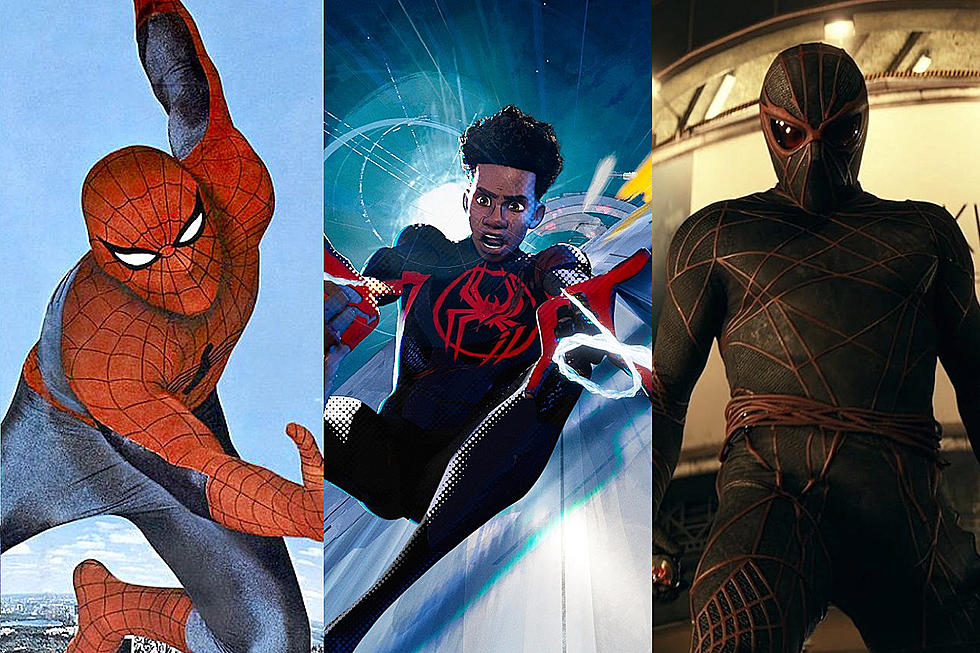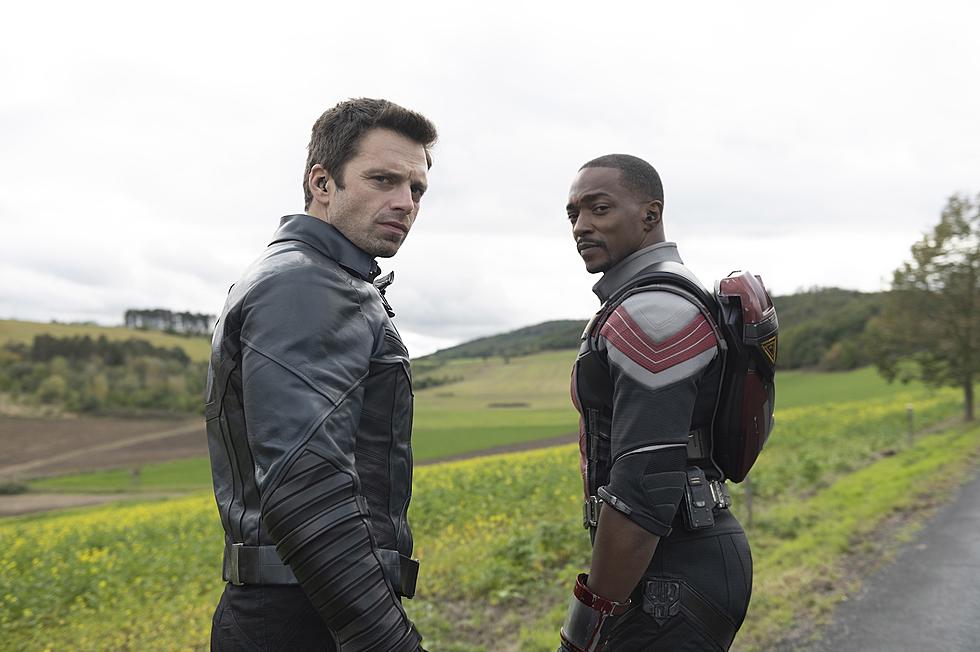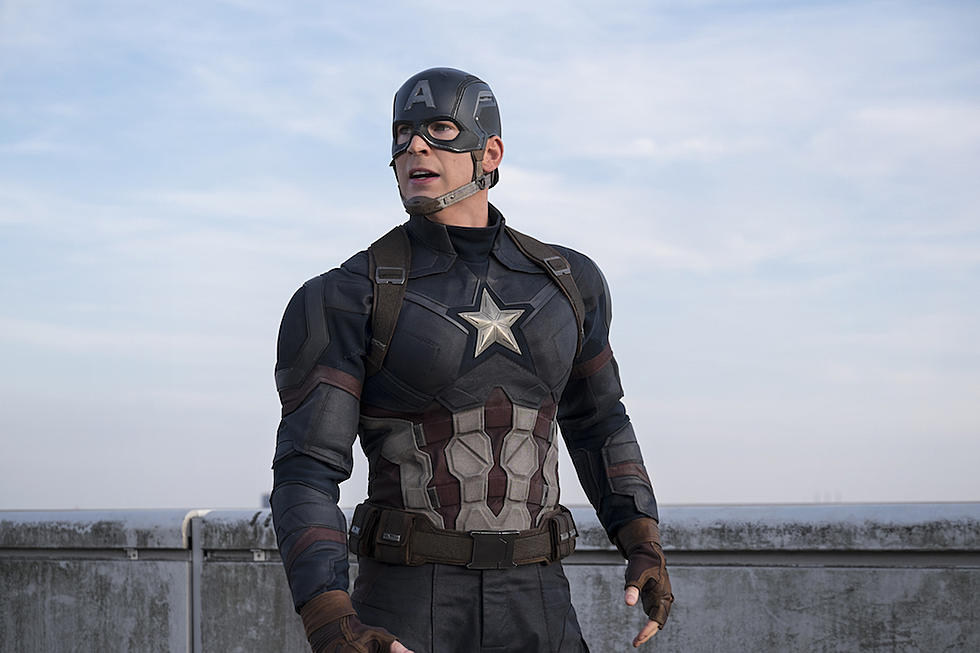
Capes and The Divine in Jack Kirby’s Costume Designs
One of the noticeable differences between DC and Marvel is the number of prominent superheroes that wear capes. Compare any group shot of any number of Marvel superheroes to any group shot of DC superheroes and chances are good that there will be more capes on the DC side. There's a litany of reasons why this could have taken root in the intrinsic creative works of both companies, but one of the strongest is the role of one artist and creator in the building and evolution of both publishers into what we know of them today: Jack Kirby.
It's almost unnecessary to provide any sort of background on Kirby. From his integral role co-creating nearly every major Marvel superhero, to his work expanding the DC universe with the "Fourth World Saga", Kirby is justly regarded as one of the greatest creators in comic book history. His style has been duplicated for decades, and most importantly, his sub-textual beliefs and worldviews have become the lifeblood of DC and Marvel's character designs and their continued evolution.
ComicsAlliance's own Chris Sims has pointed out before that Marvel superheroes are usually portrayed as more “human” compared to DC's “god-like” characters, and a large part of that is Kirby's role in building the Marvel Universe. Kirby had an almost tangible worship of physicality, which shines through in his panel layouts and character designs. Kirby's heroes crash through walls with fists as large as cinder blocks, powerful shoulder and back muscles straining against fabric that's barely keeping them contained. Captain America, The Thing, The Hulk; each heavily-muscled strongman embodies Kirby's aesthetic sensibility in a way that his other creations would follow, albeit in a somewhat more constrained pattern.
One of the major hallmarks of these characters is that none of them wear capes, which for Kirby creations is a reflection of their ultimate humanity. Kirby, it seems, saw capes as a symbol of divinity and worship.
One only needs to look at the various caped heroes and villains he created to back-up that hypothesis. Thor, the God of Thunder and Prince of Asgard? He's given a cape. Magneto, who believed himself to be the next evolution of humanity, and regarded homo sapiens as ants waiting to be crushed? Cape. Doctor Doom, whose arrogance and belief in his own inherent superiority remain a central tenet to his characterization regardless of the writer? Cape.
Kirby used the cape to play with both the theatricality of worship and a character’s innate desire to be worshipped. Even the most heroic characters that Kirby designed with a cape have some level of arrogance, and a desire to be viewed.
The rest of Kirby's heroes and villains, especially as they reflect his belief in humanity's ability to work hard and learn, are largely cape-free. The Fantastic Four, reflecting their role as explorers and scientists, have a matching, utilitarian outfit. The designs of the Black Panther, Daredevil (which Kirby had design input in, with artist Bill Everett), and the Silver Surfer all underline the implicit humanity at the core of the characters.
In many ways, the prototypical Kirby character is Kamandi, the shirtless, muscled, "last boy on Earth," with his well-cut physique and deeply human desire for change and improvement. The characters Kirby created for Marvel largely reflect this aesthetic, as each either pushes against or reinforces his ideas of divinity and humility.
As he moved to DC with Superman's Pal, Jimmy Olsen, Kirby's goals, and, necessarily, his themes, changed. In the pages of Jimmy Olsen, Kirby built the Fourth World, featuring the Gods of a new era.
With the New Gods, Kirby continued his use of the cape as a symbol of divinity and worship: The Black Racer wears a cape, because he represents an impassable obstacle; death comes to everyone, no matter who they are or what powers they possess. Orion appears without a cape, bogged down because of his low birth to Darkseid. Since he is still a Kirby character, he retains the Kirby physique that implies he can be a hero, even if his divinity is in doubt. There are perhaps few things more human than a person convinced that they belong to a lineage better and more noble than the one they were raised in. Orion is also a man constantly at odds against the compulsions of his body, his aggressive urges consistently struggling with Motherbox's influence. He's the teenager overcome with hormonal desires, straining against base impulses.
Mr. Miracle and Big Barda, the most well-known of the New Gods, do have capes, because they represent the Life Equation, and the power of True Love (Kirby's themes were powerful, but often fairly on the nose).
Likewise, Jack Kirby's demonic anti-hero, the Demon, wears a cape because he is both a demon and an agent of Good. Utilizing the semiotic value of the cape in superhero comics allows Kirby to connect his demonic protagonist with divinity and the forces of Good while creating contrast with his evil-looking appearance (a theme Kirby would return to many times throughout his work). Kirby's characters strive to be the best humanity can be, with their designs reflecting both the divine ideal and the human reality.
In fact, the only characters that seem to refute this theory are his most god-like: Galactus and the Celestials.
But in fact, Kirby's use of capes doesn’t just represent divinity, but often the desire to be recognized as divine. Galactus and the Celestials don't need capes because they are beyond a human's conception of divinity. Thor, Dr. Doom, and Magneto wear capes because they do represent human concepts of divinity, and they expect or demand worship.
Thor is the actual Norse God of Thunder; Doom and Magneto believe themselves to be gods among mortal men. Galactus and the Celestials are more than gods; they are laws of nature, unable to be humanized in even the most basic form.
Capes represent not just divinity, but the presentation of divinity; the showmanship. Mr. Miracle and Big Barda are two of the best examples of the theatrical aspect of Kirby's capes. Showmanship, at its core, is the ability to inspire a sense of wonder and even worship from a crowd, so of course the almost-gods that Kirby created would embrace that flamboyance. Galactus and the Celstials don’t need capes because they aren't putting on a show. They don't need, or want, to be worshipped.
Kirby seemed to believe in humanity's power to change the world. His decisions on when to use capes in his character designs were a reflection of his philosophy of humanism. The majority of his characters remained cape-free because they represent the ultimate ideal of humanity, striving forward with the intellect to dream of lofty goals and the physical power to achieve them. His caped characters aspire to more than humanity, but they are just as marked by human flaws, such as arrogance and desire.
With thanks to Dylan Todd and David Uzumeri for their help.
More From ComicsAlliance









